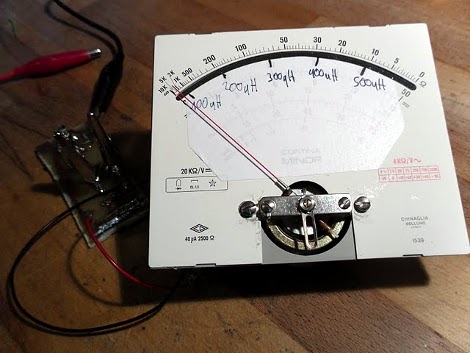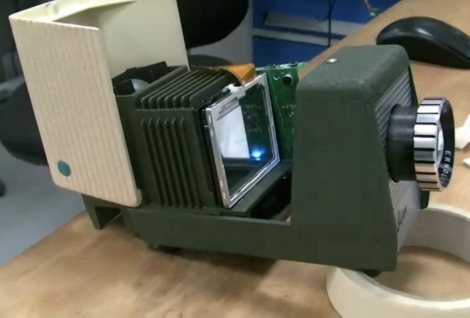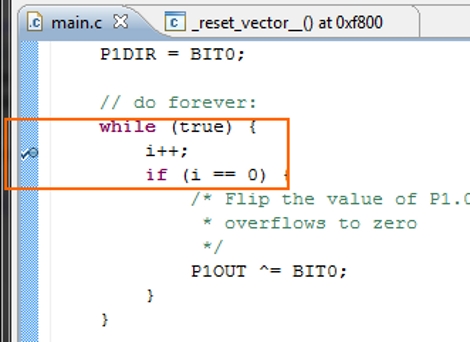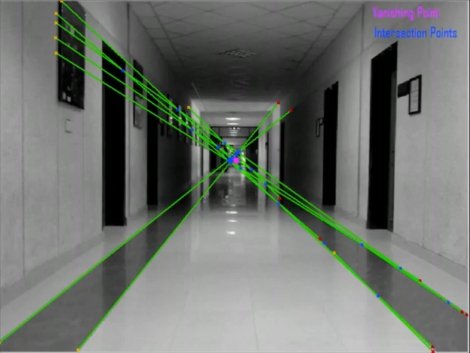![]()
[Jon Howell] came up with what he calls a gratuitous project which projects his name on his office door. The thing is, his office door slides on tracks so he made a projector that can follow the movement of that screen. He used a laser printer to make a black and white pattern that indexes the movement of the door using a quadrature encoder. When it senses door movement a servo motor rotates the projector to match the change in the door’s location. As you can see in the video after the break it works even if the door is moved quickly.
We do agree with [Jon], this is a bit much. But it might be something to build into smart white boards that are mounted on sliding tracks. We guess that if you don’t plan to change the message being projected, which is the case with [Jon’s] office door nameplate, this would be a great way to use the image projector build we looked at yesterday.
















